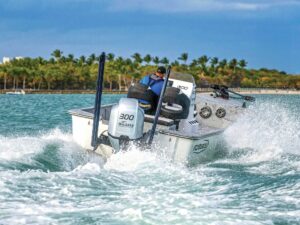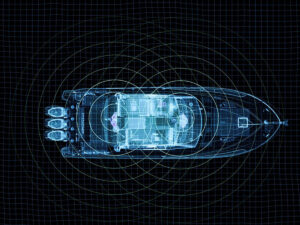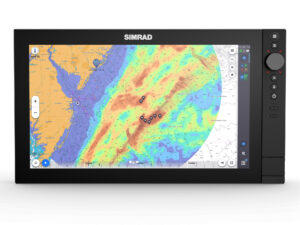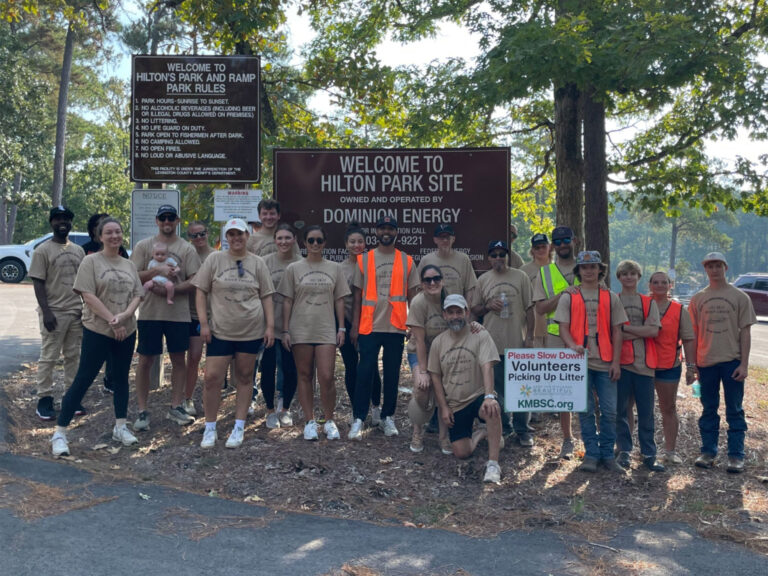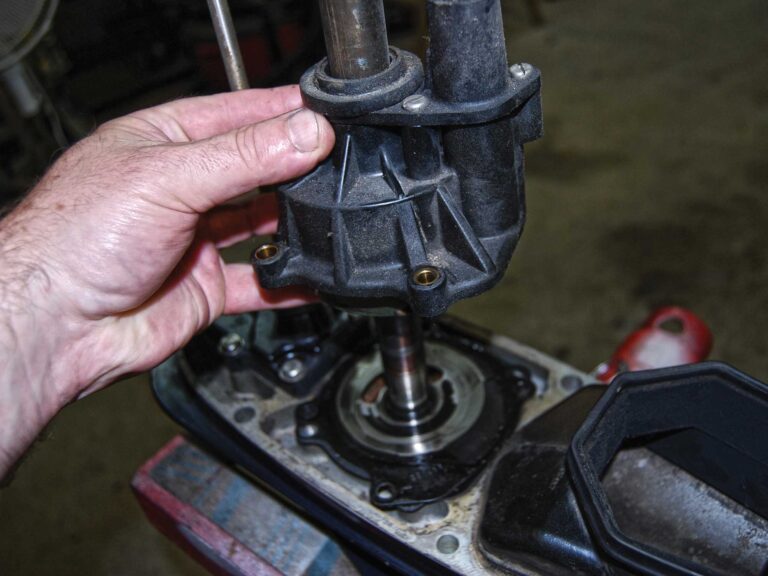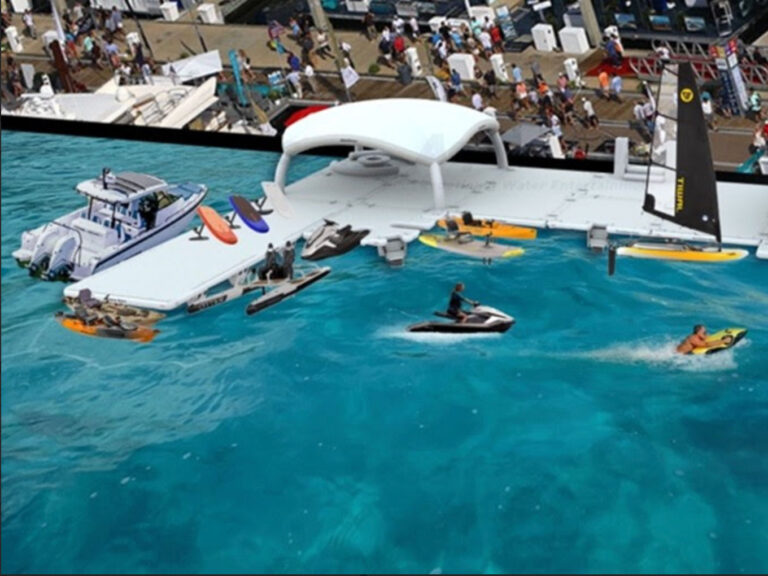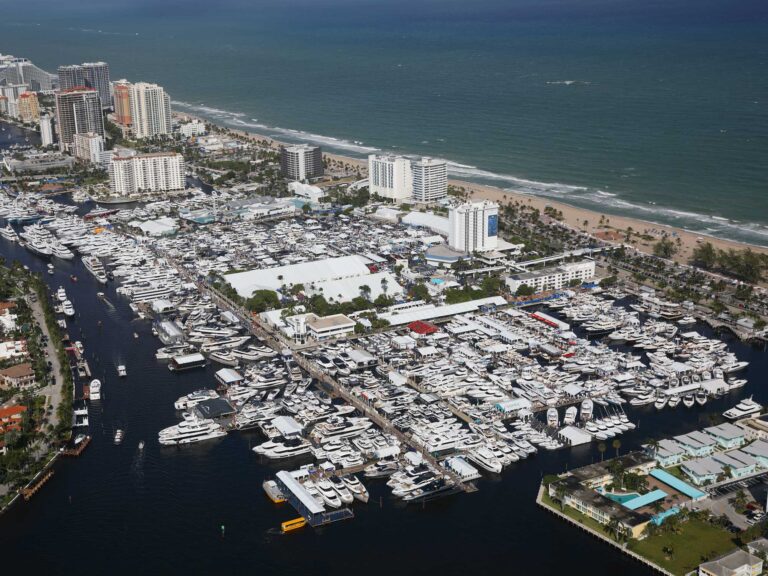
Q. I recently heard about the Coast Guard’s emergency Rescue 21 system. How does it work?
A. Rescue 21 enhances the older VHF Mayday monitoring and response system created in the 1970s. Rescue 21 combines state-of-the-art command, control and emergency response using both automated and human-assisted communications, and computer and radio direction-finding systems.
This system significantly reduces response-and-search time while extending coverage out to a minimum of 20 miles from shore. It coordinates responses with other federal, state and local first responders, in addition to the United States Coast Guard.
An integrated network of land and remote-offshore radio sites covers overlapping areas along the coasts of the U.S. Atlantic, Gulf and Pacific; Hawaii, Guam, Puerto Rico and the U.S. Virgin Islands; as well as the Great Lakes and inland navigable waterways. The system will also cover the coast of Alaska and the U.S. Western Rivers beginning this year.
Rescue 21 monitors and responds to both voice and digitally coded Mayday messages. A digital Mayday is sent when your radio’s DSC (digital selective calling) distress button is depressed. Your radio and GPS need to be connected and programmed with an MMSI (maritime mobile service identity) number, available free at boatus.com and other sources. Refer to your VHF radio owner’s manual for details on how to network it with your GPS and enter your MMSI.
The original method of calling a Mayday by voice on VHF channel 16 is still in operation.
How Does the Coast Guard’s Emergency Rescue 21 System Work?
The United States Coast Guard’s Rescue 21 system provides a protective safety umbrella with a seamless network of 32 interconnected Coast Guard sector groups. This fully operational system covers more than 41,000 miles of coastline. These centers are strategically located to immediately respond by sea, land or air. The system automatically notifies and dispatches the closest responders as soon as a distress message is received.
DSC (digital selective calling) Mayday calls have a distinct advantage over those made by voice on radio. A DSC signal transmits all critical emergency information immediately and automatically, including:
WHO: Your name and the name, type and description of your boat.
WHAT: Announces that an urgent distress emergency exists.
WHERE: Indicates your exact location in latitude and longitude.
WHY: States that you are in need of immediate assistance.
A DSC distress message is transmitted in seconds, provides a faster response and minimizes the time for rescuers to arrive on scene. Also, DSC signals are more accurate and avoid miscommunications due to poor, weak and noisy reception, or misunderstanding due to an excited or panicked radio operator.
DSC messages not only alert governmental rescue agencies but also trigger an audible alarm on all DSC radio-equipped commercial and pleasure craft boats within VHF radio range. This alerts other vessels that may be closer to you and able to reach you sooner than first responders.
This can mean the difference between survival and disaster if you are unable to stand by the radio in the event you are taking on water, experiencing a fire or need to abandon the boat.
If time allows in an emergency, activate your DSC alarm first for immediate notification through the Rescue 21 system. Then call a Mayday on VHF channel 16 and report the type of distress you are experiencing, the number of people on board, their conditions if injured, or if anyone requires medical assistance.
Keep in mind that you will receive or send a DSC emergency message regardless what channel you are operating on, as long as your radio is turned on and operating.
To obtain an MMSI (maritime mobile service identity) number, visit boatus.com/mmsi or seatow.com for vessels within U.S. waters. This is performed as a public service at no charge.
Should you visit a port outside the U.S., you will need to apply for an FCC (Federal Communications Commission) ship radio station license. An MMSI number is provided when a federal ship radio station license is issued. This can be obtained online at wireless.fcc.gov (there is a filing fee for this service).
Alternately, you can contact the Gordon West Radio School at 714-549-5000 or gordonwestradioschool.com, and it can significantly simplify the federal ship radio station licensing process for you for an additional charge.

